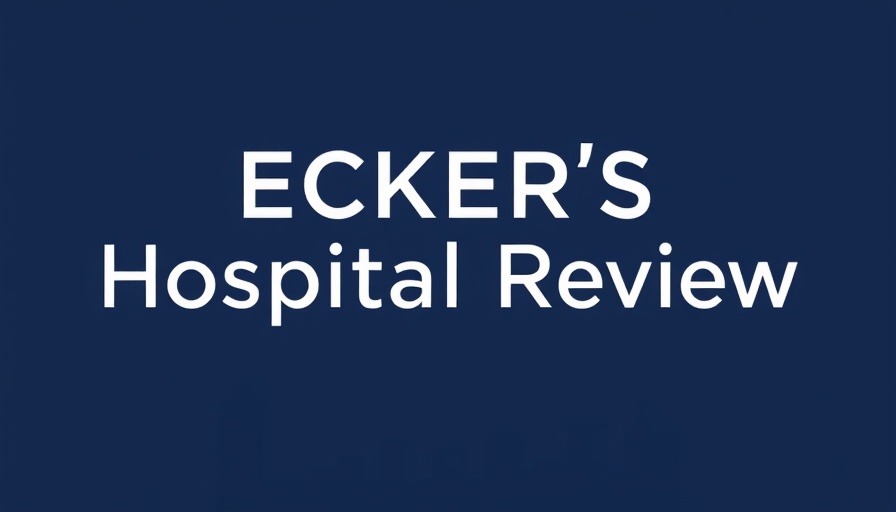
Jim Willis Takes the Lead at VCU Medical Center
In an exciting development for Richmond, Virginia, VCU Medical Center has officially appointed Jim Willis as its new president. Having served as the interim president since February, Willis is stepping into a role that consolidates his extensive experience in hospital leadership, spanning 35 years. Before becoming interim president, he held the position of Chief Operating Officer (COO) and, before that, he played a significant role in improving operational efficiencies in various capacities within the medical center.
A Record of Accomplishments
Since joining VCU Health in June 2022, Willis has implemented significant changes to enhance staff and patient experiences. His initiatives have included improving employee engagement scores and strengthening patient access to health services. Notably, he instituted weapons screening at 22 entry points, emphasizing safety and security—a pressing concern in today’s healthcare environment.
Ensuring a Healthier Future for Employees and Patients
Under Willis's leadership, VCU Medical Center is expected to focus on maximizing practice efficiency solutions and boosting employee health benefits. In a time when healthcare costs are rising, optimizing clinic workflows can greatly impact both practitioners and patients. With his background, Willis is poised to adopt new strategies such as practice automation and Medicare reimbursement reforms that promise to enhance the overall experience for both healthcare providers and patients.
Transitioning into Leadership
Willis’s transition from COO to president signals a commitment to continuity and strategic growth. Building upon the existing operational framework, he aims to leverage innovative tools like remote therapeutic monitoring (RTM) programs and patient engagement tools to ensure that medical decisions are data-driven and patient-focused. The integration of technology, such as voice AI agents for patient interactions, can also streamline communication and enhance service delivery within the medical center.
The Importance of Employee Engagement
The past few years have highlighted the critical role of healthcare employees' well-being in delivering quality patient care. Improved employee engagement has been a priority for Willis, aligning with findings from various studies that suggest happier staff create better outcomes for patients. The focus on nurturing a positive working environment can lead to higher retention rates and productivity, ultimately reducing costs associated with hiring and training new medical staff.
Community Health and Patient Engagement
With a vision that extends beyond the immediate needs of the hospital, Willis is also committed to fostering community health. By emphasizing accessible senior care solutions and aging in place initiatives, he places VCU Medical Center at the forefront of comprehensive patient care. The addition of telehealth revenue streams and digital front desk options underlines the commitment to innovate traditional healthcare practices and enhance patient engagement.
A New Era of Governance in Healthcare
As VCU Medical Center enters this new phase with Jim Willis at the helm, stakeholders are eager to see how his leadership will transform patient care dynamics. The paradigms of healthcare governance are evolving, and the focus on not just compliance, but also healthcare excellence, will define the success of medical institutions in an increasingly competitive landscape.
Conclusion: Why This Matters
For independent physicians and small practice owners, the appointment of leaders like Jim Willis is not just someone new at the top; it represents hope for better operational practices and revenue optimization strategies rooted in community health principles. Follow these changes closely, as they may influence broader trends that affect your practice in profound ways.
 Add Row
Add Row  Add
Add 




Write A Comment